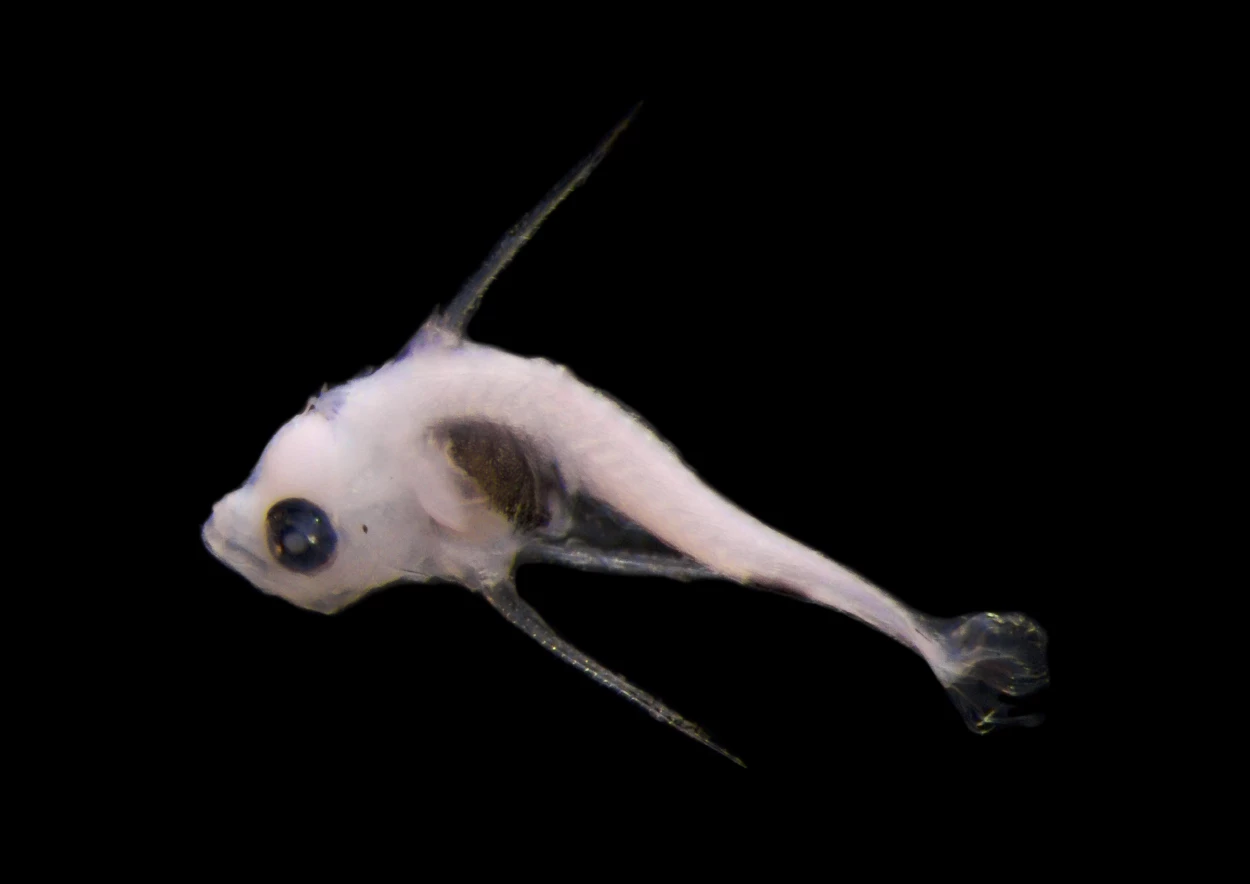UC researchers study fish larvae diversity in the Azores Biosphere Reserves
The scientists conducted two years of intensive research focused on understanding larval fish communities along the coasts of four islands.
A research team from the Department of Life Sciences (DCV) of the Faculty of Sciences and Technology of the University of Coimbra (FCTUC) set out to study the diversity of fish larvae in the Azores as part of a project on Portugal's biosphere reserves.
There was a significant lack of knowledge about these larvae, leading to the need for a more detailed study. The project ‘Fish Larvae in the Azores: Structure, Dynamics and Biodiversity in Northeast Atlantic UNESCO Biosphere Reserves’, funded by the PADI Foundation (USA), focused specifically on the four Azorean islands classified as Biosphere Reserves: Corvo, Flores, Graciosa and São Jorge.
The UC scientists conducted two years of intensive research to better understand the larvae fish communities along the coasts of these islands. “We identified 38 different species belonging to 27 families, with a greater abundance of species on the islands of Corvo and Flores,” says Filipe Martinho, a researcher at the Centre for Functional Ecology (CFE) and coordinator of the project.
Biologist Milene Guerreiro adds: "It was a great challenge, as many of the species we found were unknown".
According to the team, some of these larvae are as small as 3 millimetres, and were very difficult to identify due to the lack of research guides. "Identification is carried out both visually, with the help of a magnifying glass, and through DNA analysis, which made it possible to record the presence of fish larvae that had not yet been recorded on these islands," explains Ana Lígia Primo.
“This research is an important step forward in the knowledge of fish larvae, but also in the protection of the Biosphere Reserves of the Azores,” the team concludes.
Besides Filipe Martinho, Ana Lígia Primo and Milene Guerreiro, researchers Miguel Pardal, Filipe Costa, Manuel Rodrigues (DCV) and Ana Veríssimo (CIBIO & BIOPOLIS) participated in the study.

